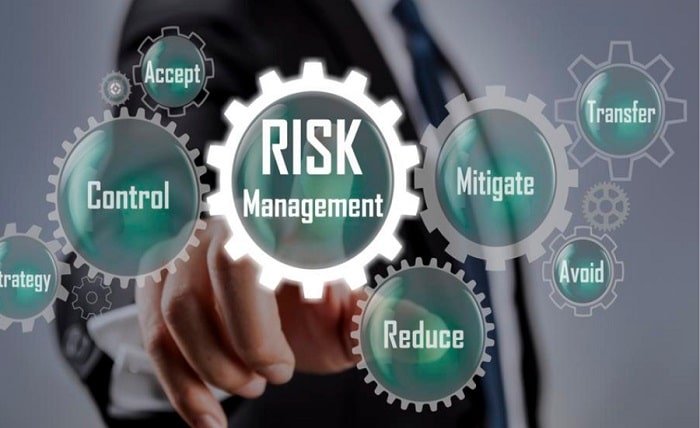Risk Management: A Comprehensive Guide for Today’s Businesses

Introduction
In today’s rapidly changing business landscape, risk management stands as a crucial component of successful operations. Every organization, regardless of size or industry, must navigate a myriad of risks—from financial uncertainties to cyber threats and regulatory changes. This comprehensive guide delves into the core principles and practices of risk management, offering actionable insights for safeguarding your business against potential pitfalls.
Risk Management
Risk management involves identifying, assessing, and prioritizing risks followed by coordinated efforts to minimize, monitor, and control the probability or impact of unfortunate events. Effective risk management strategies not only protect assets but also optimize business performance, enhancing the ability to make informed decisions under uncertain conditions.
The Role of a Risk Manager
At the heart of a robust risk management program is the risk manager. This professional’s role is to foresee potential risks and devise plans to mitigate them. They work continuously to align risk policies and management strategies with the company’s overall objectives, ensuring that every department understands and manages risks effectively.
Tools and Techniques for Risk Assessment
Risk assessment tools and techniques are fundamental to identifying and evaluating risks. These methods can range from SWOT analysis, which helps in strategic planning, to more advanced quantitative analyses like Monte Carlo simulations. Understanding the tools available and their appropriate applications is essential for developing a sound risk management plan.
Risk Identification Strategies
Identifying risks is a continuous process that requires vigilance and a proactive approach. Organizations must develop mechanisms to detect risks early. This involves not only understanding internal processes but also keeping an eye on external factors such as market fluctuations, technological advancements, and changes in legislation.
Quantifying and Prioritizing Risks
Once risks are identified, the next step is to quantify their impact and likelihood. This helps in prioritizing risks, allowing businesses to allocate resources effectively and focus on high-priority issues. Techniques like risk matrices and impact/probability charts are commonly used for this purpose.
Implementing Risk Controls and Mitigation Strategies
After prioritizing risks, appropriate control measures are implemented. These strategies may include avoiding, transferring, mitigating, or accepting risks based on their potential impact on the business. This phase also involves developing contingency plans and continuous monitoring to ensure the efficacy of the risk management approach.
Technology in Risk Management
In the digital age, technology plays a pivotal role in enhancing risk management practices. Advanced analytics, real-time data monitoring, and artificial intelligence are reshaping how businesses identify and respond to risks, providing more precise tools for risk analysis and management.
Regulatory Compliance and Risk Management
For many businesses, regulatory compliance is a significant area of risk. Staying abreast of legal and regulatory changes and ensuring compliance is crucial to avoid legal penalties and reputational damage. Risk managers must work closely with compliance teams to address these challenges effectively.
Building a Risk-Aware Culture
Creating a risk-aware culture involves educating and training employees about risks and the importance of risk management. A culture that promotes risk awareness can significantly enhance the effectiveness of any risk management program by ensuring that everyone in the organization plays a part in mitigating risks.
Conclusion
Risk management is not just about avoiding losses; it’s about creating value by making informed decisions and protecting the organization from unexpected events. By understanding and applying the principles outlined in this guide, businesses can develop robust risk management frameworks that not only prevent financial losses but also foster a proactive approach to capitalizing on opportunities.
FAQs
1.What is the first step in risk management?
The first step in risk management is risk identification, where potential risks are recognized and described.
2.How often should risk assessments be conducted?
Risk assessments should be conducted regularly, at least annually, or whenever significant changes in the business environment occur.
3.Can risk management help in improving company profits?
Yes, effective risk management not only helps in minimizing losses but also identifies and capitalizes on opportunities, potentially improving profitability.
4.What is a risk matrix and how is it used?
A risk matrix is a tool used to rank risks based on their probability of occurring and the impact they would have if they did occur, helping in prioritizing risk mitigation efforts.
5.Is risk management applicable to small businesses?
Absolutely, risk management is crucial for businesses of all sizes as it helps in identifying potential threats and implementing strategies to mitigate them, ensuring sustainability and growth.





